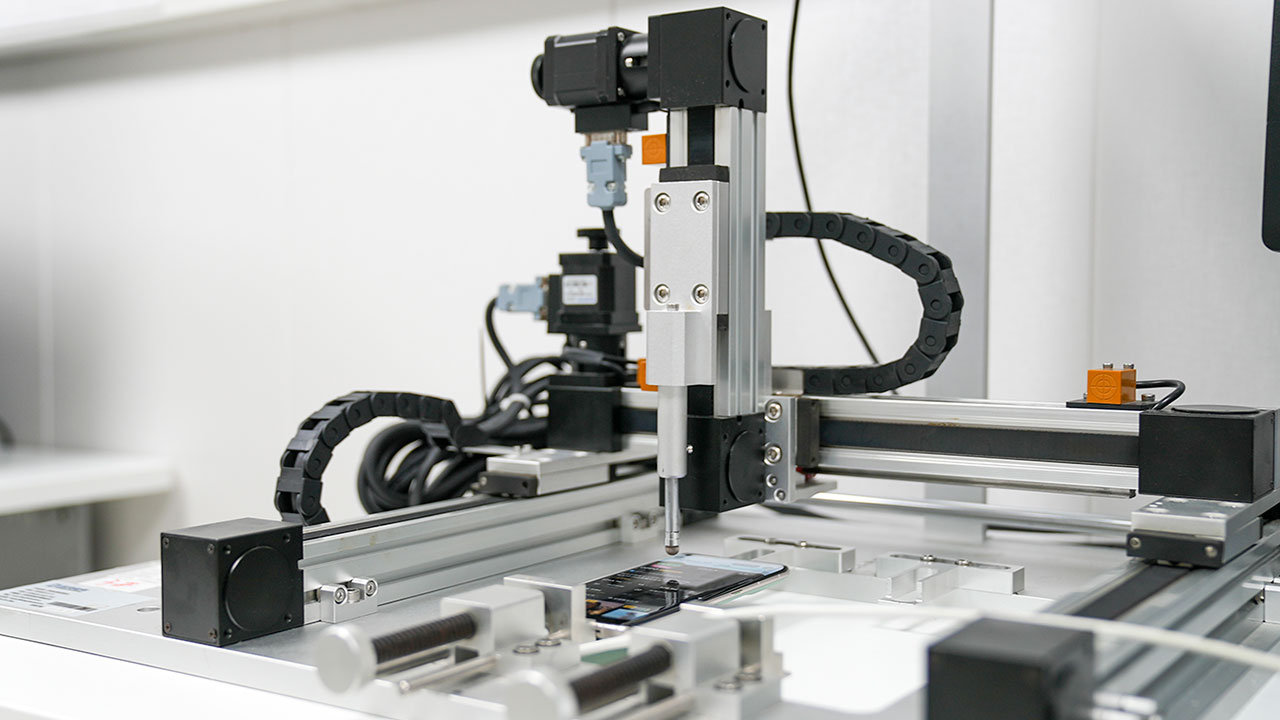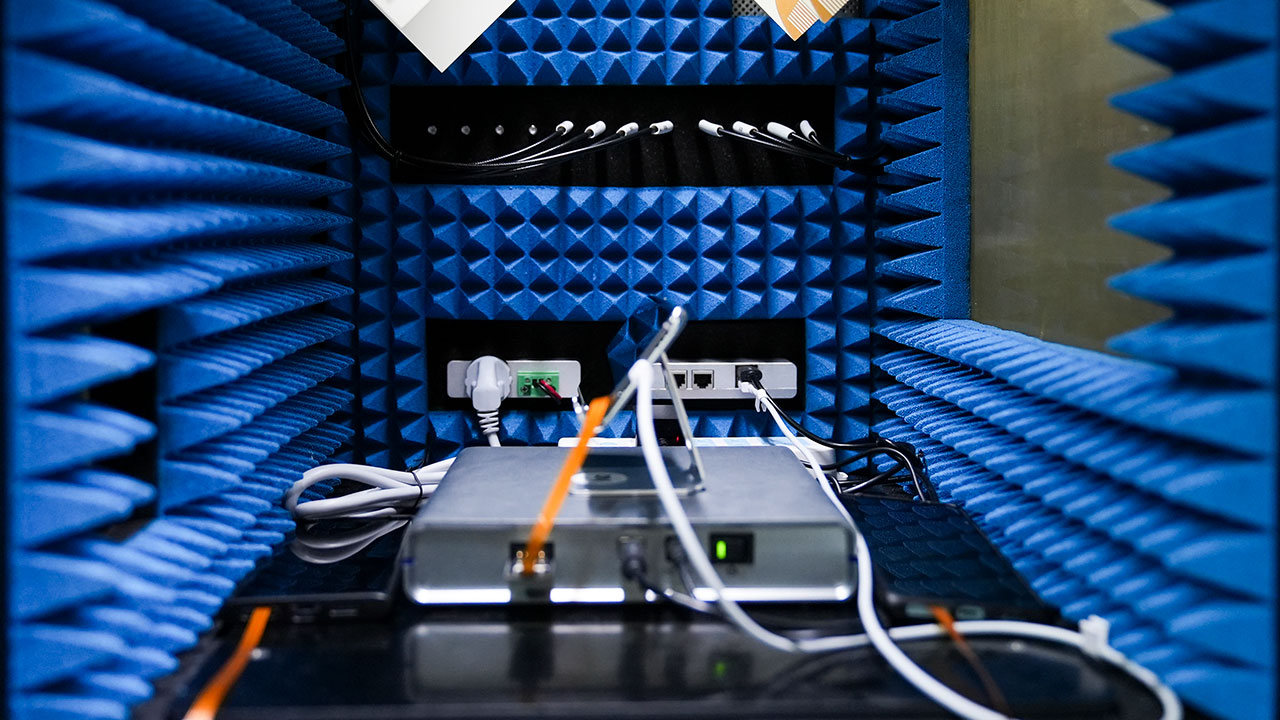OPPO has unveiled that it recently upgraded its Communication Lab in partnership with ICT service provider Ericsson. The Communication Lab is where OPPO performs its 5G research and development, among other things.
According to OPPO, the newly-upgraded Communication Lab will help the company be among the first to implement the latest 5G technologies as well as position itself as a driving force in the evolution of global communication technologies.
Chris Shu, Vice President and General Manager of Product Strategy Planning and Cooperation Center, OPPO, said: “The upgraded OPPO Communication Lab is a new milestone in OPPO’s endeavor in 5G, and represents a new level of close cooperation with leading global technology companies. With the rapid evolution of global 5G technology, we are pleased to join hands with Ericsson and Keysight to leverage our experience in 5G standards, products and applications to enhance the 5G ecosystem worldwide.”
The new OPPO Communication Lab features three major modules: the Radio Frequency Lab, the Protocol Lab, and Network Simulation Lab. Here are the details on each of the three major modules of the OPPO Communication Lab according to OPPO’s press statement:
The Network Simulation Lab, which closely reflects actual urban communication networks, can simulate the 4G/5G networks of different operators and provide communication services for up to 10,000 devices. As such, pre-testing requirements for 5G commercialization in any area of the world can be tested in the lab.
In addition to the Network Simulation Lab, the OPPO Communication Lab also includes a Radio Frequency Lab and a Protocol Lab. Nowadays, smartphones are used for a multitude of tasks in an equally varied range of scenarios – from joining video meetings while taking a high-speed train, to watching live streams in crowded shopping malls, or taking photos and uploading them to social media anywhere in the world. Behind each of these scenarios are extensive tests conducted by researchers in the lab to ensure that devices can achieve stable connections under these varied environments.
The Protocol Lab on the other hand supports technicians in conducting research related to power consumption, regression testing, and joint new feature testing, helping to drive innovation from different approaches. For example, the lab is currently conducting research related to the upcoming first evolution of the 5G standard, Release 16, which is more environmentally friendly thanks to improved communication efficiency between smartphones and networks, which reduces the power consumption of smartphones and base stations.

Magnus Ewerbring, Vice President and CTO Asia-Pacific Ericsson states: “Furthering the OPPO and Ericsson collaboration will bring forward more technology and products to lead 5G market demand and direction, as well as optimize 5G network experience for the end user. As a leader in the global 5G market, Ericsson looks forward to collaborating with industry partners in building the 5G ecosystem and driving innovation to unleash the full potential of 5G technology.”
While the Network Simulation Lab was established in partnership with Ericsson, the Protocol Lab was created in collaboration with testing technology provider Keysight.
“The world’s leading 5G mobile device manufacture such as OPPO, is fully aware that reliability testing is mandatory before launching the competitive commercial products into the market.” said Cao Peng, vice president and general manager for Keysight’s wireless test group, “The protocol lab and RF lab is a critical milestone for Keysight and OPPO on 5G. Keysight 5G solutions enable OPPO’s technical engineers to efficiently conduct power consumption testing, regression testing, new feature interoperability testing etc, and also to emulate crowd streets and high speed train scenarios which could further help OPPO implement their 5G strategy and introduce their leading 5G products into the market as early as possible.”
Moving forward, OPPO plans to not only increase its research and development further but also partner with other companies such as Ericsson.


